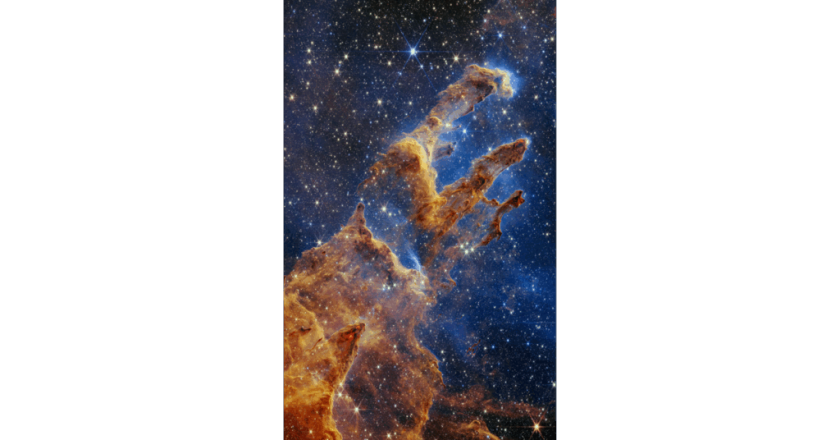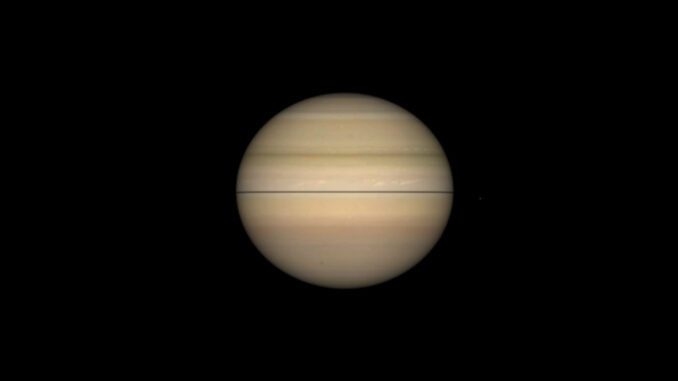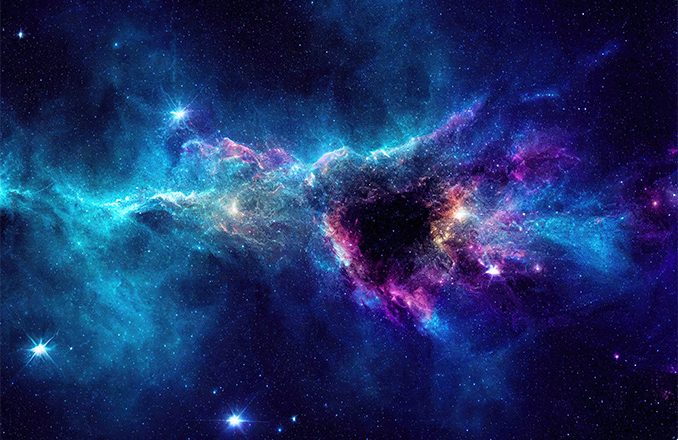The pillars of creation – Astronotes
To the stargazers out there, let’s take a journey nearly 7,000 light-years away from earth through our cosmic wonderland otherwise known as space, where towering pillars of gas and dust form the birth of stars.
In the northern celestial hemisphere of the night sky, in the constellation Serpens (The Serpent) we have the Eagle Nebula (Messier 16 or M16). In the very heart of the Eagle Nebula (M16), the famous ‘Pillars of Creation’ stand. They stretch around 4-5 light years while the eagle nebula spans 70 by 55 light years. Although they are relatively small in comparison to the nebula itself, they stand as extraordinary monuments in show of the raw creative power the universe holds.
The Eagle Nebula was first discovered by a Swiss astronomer named Jean-Philippe Loys de Chéseaux in 17...


